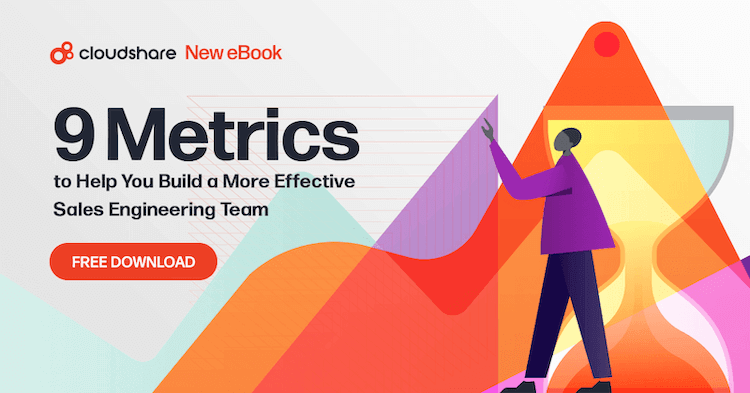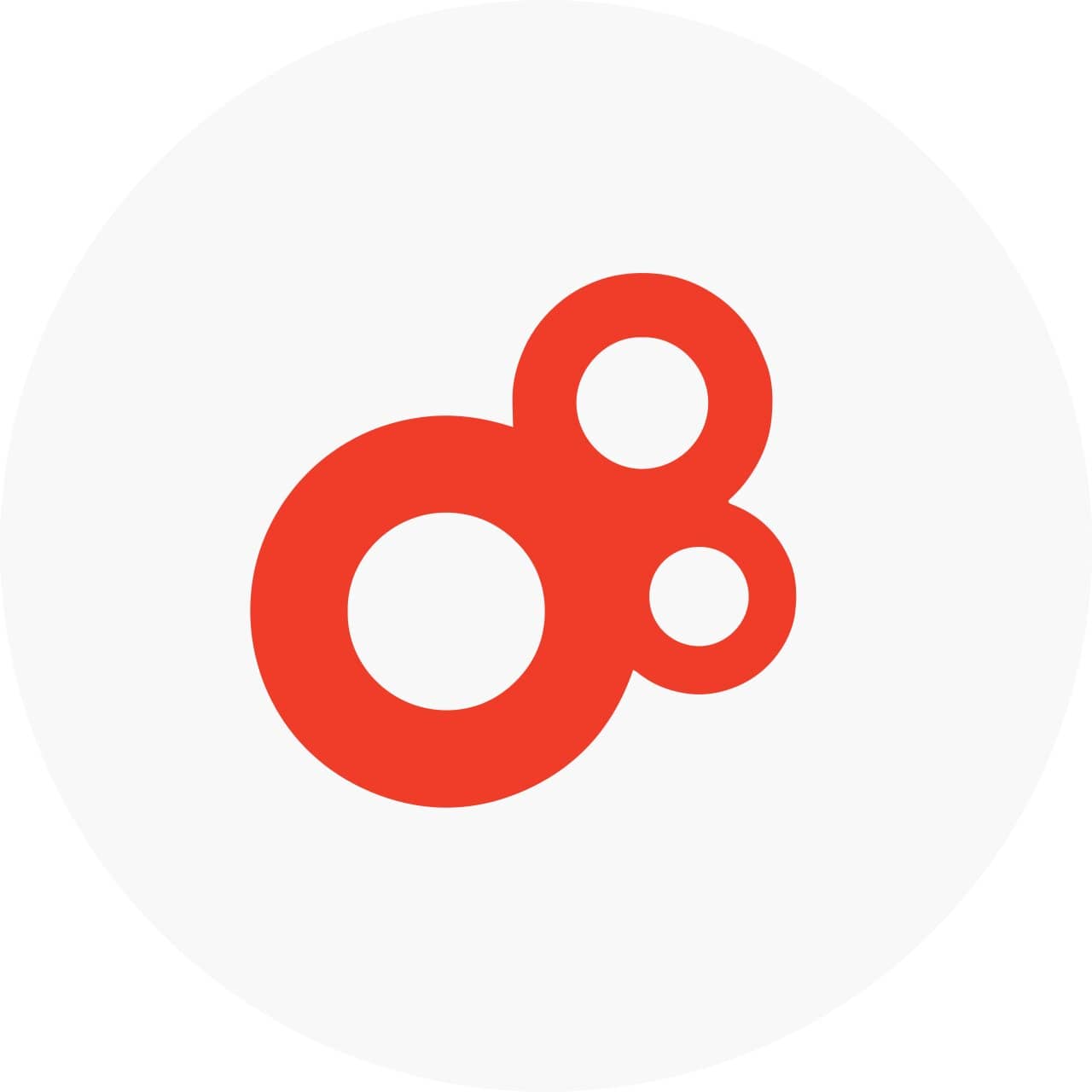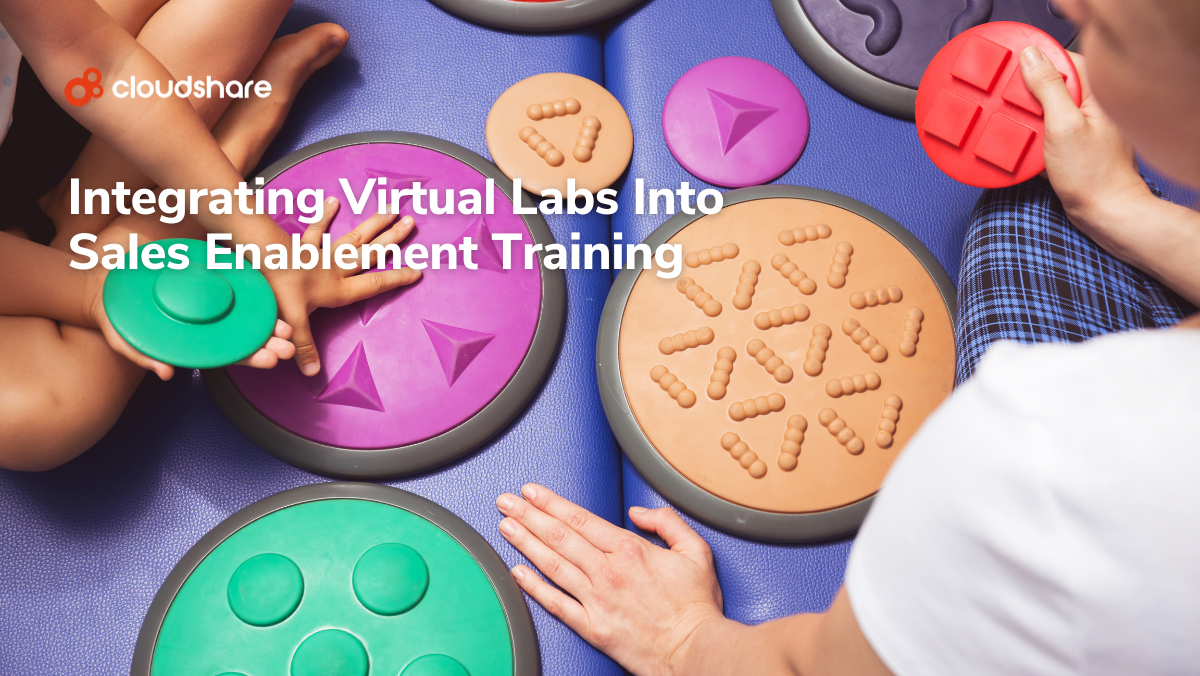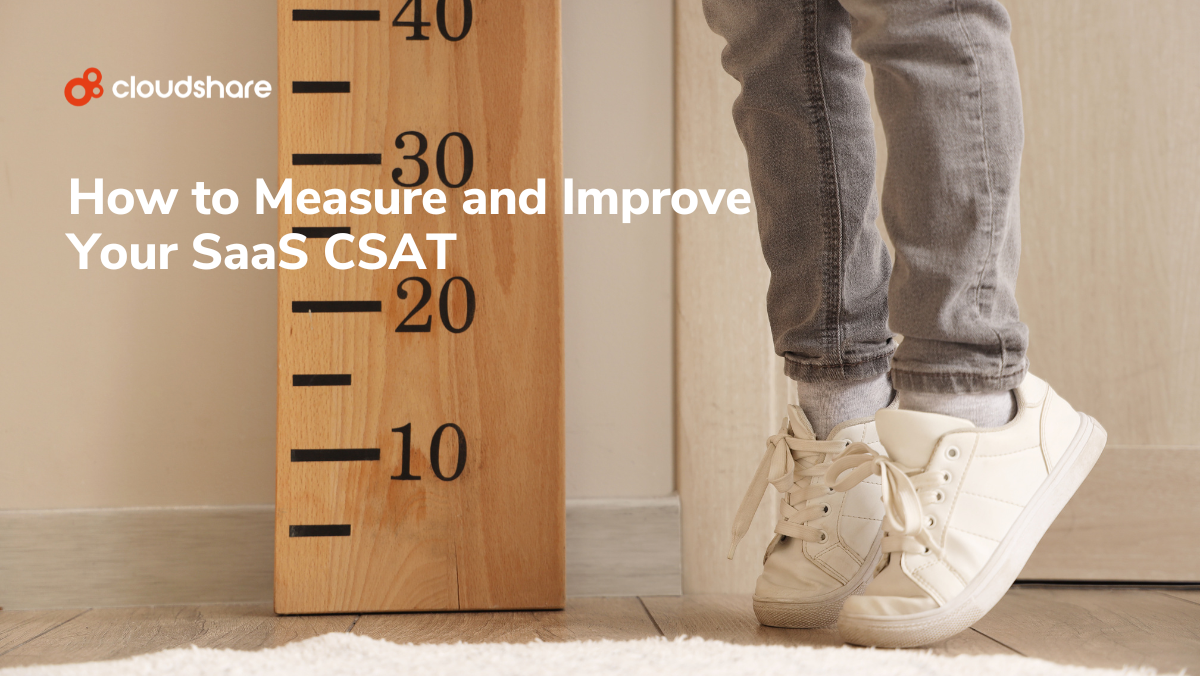
You may have recently read our CEO’s prediction that 2020 will be the year of the sales engineer (SE). Once considered the person who was simply “there to run the demo,” we now see enterprises with hundreds, even thousands of SEs. What’s behind their growing influence?
Whether it’s the latest software as a service (SaaS) or cybersecurity offering, technology continues to develop at a rapid pace and businesses need to sell increasingly sophisticated solutions. With one foot in tech and the other in sales support, SEs make the complex understandable, know customer behavior inside-and-out and ensure product value is powerfully communicated.
SEs are in that sweet spot, where the human and technical converge. As a result, they not only help close sales, they often become a trusted confidant of decision-makers, resulting in long and lucrative customer relationships.

The future looks bright. So, if you’re an SE looking to get ahead – or a sales leader trying to grow these hybrid pros – consider the following data points and tips for greater success.
Discover their pain
Let’s face it, sometimes simply getting a prospect to consider making a change is the toughest hurdle of all. Before you can cure their pain, you need to understand it, pre-product demo. To increase the probability of success, conduct discovery and create a profile that includes the following data:
- The job function of the prospect you’re addressing.
- Their top-level challenge or goal that is at risk.
- The problems and impact of the current solution they are using.
- What the prospect needs from your solution to solve their problems.
- The value they want to realize from making a change.
- The date when a solution needs to be in place.
- The projected point in time when they can expect tangible value back.
With this, an SE can more precisely show how their solution will make a prospect’s life easier and provide the details and materials that resonate.
Reduce friction
SEs now create and control sales demos and proofs of concept (POC). In the past, product marketing would produce these, sending out discs to peers and partners worldwide, who in turn would make changes. This would consume a great deal of time and money, while threatening messaging consistency.
The data is clear. With the cloud and the right sales enablement technology, demos are more easily conducted online, POCs quickly distributed, messaging tightly controlled and the sales cycle shortened.
As John Care, author of “Mastering Technical Sales: The Sales Engineer’s Handbook,” noted about this technology: “It takes friction out of the sales process. And leadership is glad to see the productivity gains. Make it easier, make it fast, and you’ll make a name for yourself.”
The numbers add up
The right sales enablement platform will automate functions throughout the demo and virtual POC process. This increases SE efficiency and frees them to focus on higher priority and more profitable tasks. What’s more, customer acquisition costs are reduced and the ROI on sales enablement tools is increased.
Think of it this way. If an enterprise has 50 SEs, and each becomes 5-10% more cost-efficient, the benefits increase exponentially. That can be a huge payback when you’re selling solutions that cost hundreds of thousands of dollars.
Show the C-suite this data and you can expect a richer career as an SE or sales leader.
Build a case for change
When Richardson, a global sales training company, surveyed sales pros on what challenges buyers face with purchasing decisions, the most popular response of all was “building a case for change.”
With a little research and data compilation, SEs can build an effective case.
Analyze areas of improvement your solution can bring to a prospect’s business. Identify which segments realistically require change and those that don’t. Position these in ways to further the sale, compare the available options, then show them how your solution uniquely will enable them to meet business goals.
Make the case, make the sale.
Don’t get boxed out
Ever had a prospect say a POC was going terrific, only to have them go silent and disappear forever? Makes you wonder if anyone tried it at all, right? Not only is it frustrating, it’s a tremendous waste of time and can impact sales projections.
Check into sales enablement solutions with analytics that provide insight into a prospect’s use of a virtual POC. This effectively overcomes a “black box” scenario, enabling SEs to identify exact users, understand what they like most, where they may be stalled and ensure particular features aren’t overlooked.
When you know this, you can step in with further guidance to direct and close the sale.
For that matter, SEs should explore technology that facilitates sales and make recommendations. For instance, by enabling a sales team to send and monitor POCs directly from Salesforce, their need to learn a new platform is eliminated. If the prospect uses a commodity service like the Google Cloud Platform, make sure a sales enablement solution can integrate effectively so the customer’s users have the necessary specialized tools and environments for success.
Easier accessibility means more demos, POCs and increased productivity.



